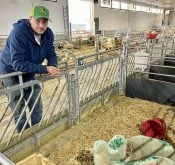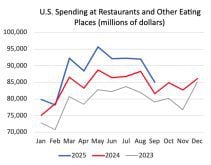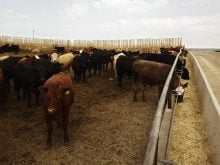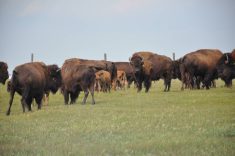WILLIAMS LAKE, B.C. – With the best money pocketed in years, cattle producers should be content with slow growth compared to the roller coaster price ride many have endured in recent years.
Herds are slowly rebuilding in a time when there are record supplies of meat and a renewed demand for beef, said Dennis Laycraft, executive vice-president of the Canadian Cattlemen’s Association.
“It is better to have record production rather than surplus production,” he told the British Columbia Cattlemen’s Association annual meeting in Williams Lake.
Read Also
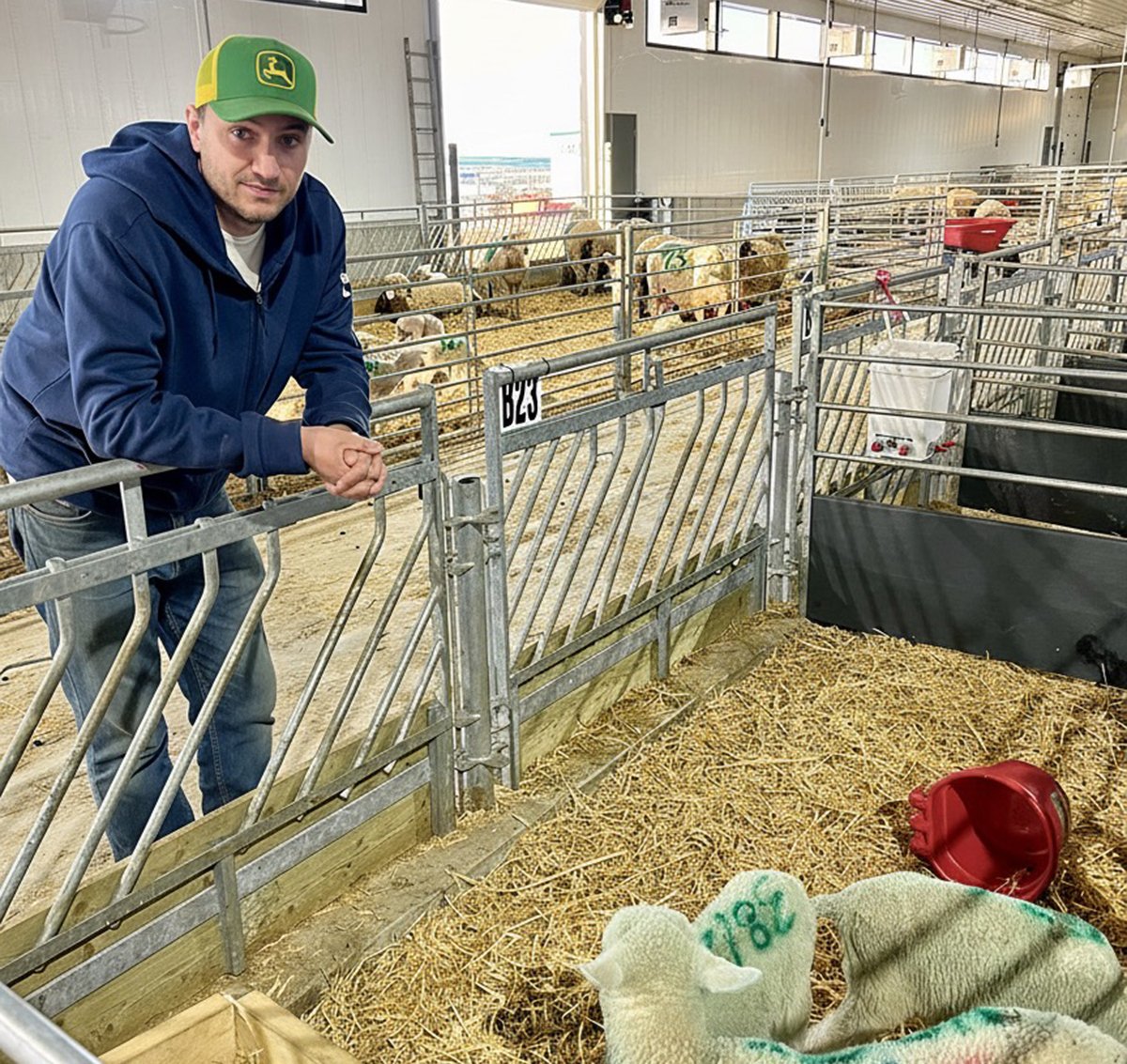
Solar, sheep provide valuable farm diversification
Eric Steeves says raising sheep on forages grown under solar panels provided economic stability and perhaps even saved his family’s fifth generation southern Alberta grain farm.
“We went through a long period where we were selling less beef at lower prices.”
Cattle numbers continue to trend downward from a peak in the mid-1990s, but the cows are more productive, packing on more pounds per calf weaned. Those calves are finishing at record carcass weights, averaging more than 800 pounds.
Yet the good news is that demand continues to hold.
Retail beef prices are up nine percent so far this year with an overall demand increase of three percent. This means people have not been put off by the cost, nor fears about the safety of meat.
This is particularly favorable during a period of record meat supplies in beef, pork and poultry.
With record market prices, producers face a conundrum.
“When we’ve seen fed heifers trading between $1,400 and $1,500 and bred heifers trading between $1,100 and $1,500, it’s hard to say which way those are likely to go,” he said.
That question may be one of the unique features of the current cattle cycle, which is expected to show a period of more modest rebuilding than in the past.
Cattle cycles of growth and decline last 10 to 12 years. This point in the cycle indicates a slow rebuilding of the cattle population.
In 2001, cow numbers across Canada were up 2.5 percent.
In British Columbia, Saskatchewan and Manitoba, the cow population growth exceeded the national average. Alberta showed a slight decline, reflecting the serious drought in some of the cow-calf regions of Alberta in the last couple years.
British Columbia numbers tend to be quite stable because for many, cattle are a primary source of income and producers do not have the option of planting cereals or other crops.
An aging cow herd is also evident since many people chose to sell their heifers along with the steers.
“We’ve been keeping cows longer and longer, squeezing a few more calves out,” Laycraft said.
Other new trends are evident across the West.
“Western Canada has been the fastest growing feeding region in the world for the past 10 years,” said Laycraft.
The region has the capacity to finish more than 3.5 million head annually, up from 2.5 million a decade ago. More feedlots are opening so owners are looking for more calves to feed. This substantial growth is part of a trend to send more animals from as far south as Mexico to northern lots.
A boon to Western Canada has been the restricted feeder program that allows cattle from approved American northern border states to enter the country freely from Oct. 1 to March 31. During this season’s shipping period, 209,000 entered Canada, going mostly to Alberta yards.
Canada has been a net feeder importer for the last two years. That has gone a long way to convince Americans that trade between the two countries is fair. Americans participating in the program earned an extra five cents per hundredweight by shipping to Canada.
In addition, prices for calves and finished steers hit an all-time high in the last year.



